Victoria Park Golf Complex invaded by feral red foxes
There’s an extra hazard at this Brisbane golf course. Feral foxes have taken over one of the bunkers and are running amok after dark, slaughtering wildlife in the precious city green space.
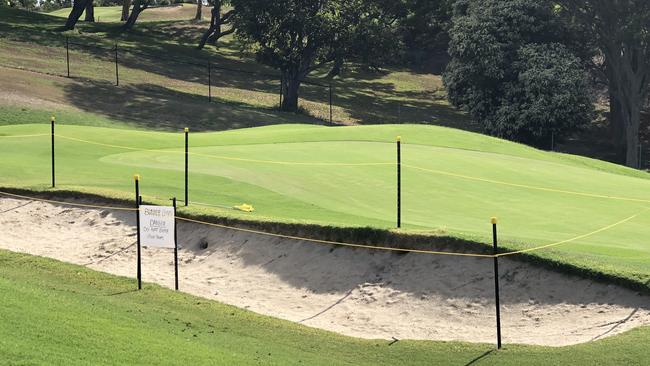
North
Don't miss out on the headlines from North. Followed categories will be added to My News.
There’s an extra hazard for golfers — and wildlife — at Victoria Park Golf Complex.
Feral foxes have taken over one of the bunkers and are running amok after dark, slaughtering fauna in the precious city green space at Herston. Eight foxes have been caught by Brisbane City Council wildlife officers in the past 10 months.
A bunker in the putting practice area adjacent to the driving range has been cordoned off, after a family of foxes tunnelled a home for themselves there.
SPECIAL DEAL: $1 FOR 28 DAYS: SUBSCRIBE TO CITY NORTH NEWS & THE COURIER MAIL
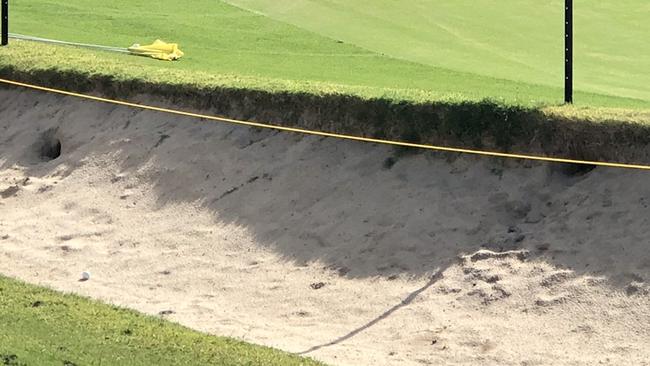
Paul Donahoo, one of the golf pros at the course, said — apart from the loss of the practice bunker — the creatures were no bother to players.
“I haven’t seen one in eight years (I’ve been here),” Mr Donahoo said.
“Golfers are too rambunctious during the day while foxes are naturally quiet creatures, I suppose. Also foxes only come out at night. You would never know they were there.”
Players have witness carnage that could have been caused by foxes, however, with a sighting of a headless flying fox in a nearby bunker last week.
Lifestyle and Community Services Chairman Peter Matic said foxes were declared pests.
“The European Red Fox is a declared pest that can threaten native wildlife such as possums, flying foxes, bandicoots and birds as well as domestic pets and our natural environment,” Cr Matic said.
“The Victoria Park Golf Course has experienced ongoing issues with foxes, with reports of foxes killing native wildlife and digging dens in the golf course bunkers and greens.
“Council undertakes a fox management program at Victoria Park Golf Course on a regular basis, with eight foxes captured since May 2018.
MORE LOCAL NEWS:
Delay warning as rail work blitz hits six lines this weekend
Familiar face suspected of community group robbery
Sneak peek of shopping centre revamp
“Anyone who spots a fox is encouraged to contact Council so that a pest animal management program can be targeted to nearby locations.
“Each year Council invests more than $1 million into invasive species management, which includes trapping and capture programs as well as surveys to identify the spread of pests.”
Brisbane City Council Open Data records show that from July to September last year, there were 95 complaints to their call centre about foxes, many about sightings in urban areas. Suburbs where foxes were seen and reported included Auchenflower, Dutton Park, Mt Gravatt, St Lucia, Sunnybank Hills, Holland Park, Mansfield, Coorparoo, Woolloongabba, West End, Keperra, Wavell Heights, Camp Hill and Chelmer, as well as areas of acreage such as Mt Crosby.
Contact council on 3403 8888.
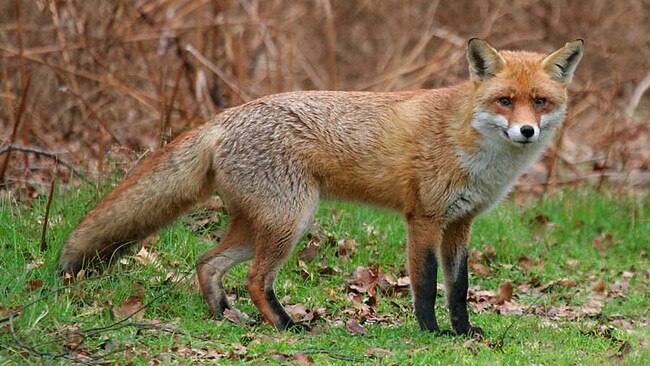
IS IT A FOX?
Brisbane City Councils’ feral pest information website states that the European red fox generally:
● have reddish brown fur with white fur on underparts
● have large ears and long bushy tail
● has a pointed muzzle with slender skull
● adults generally weigh between 5kg (female) and 6kg (male) but can weigh as much as 14kg.
WHERE DO THEY LIVE?
European red foxes are common in the urban-rural fringe areas as they look for food around rubbish bins, barbecue and picnic areas in parkland and dig in backyard compost heaps. During the day they shelter in thick vegetation along gullies and creek banks, in hollow logs, under houses, in drainpipes and even old car bodies.
WHY ARE THEY A PROBLEM?
Foxes cause many problems as they:
● are opportunistic feeders, known to prey on small mammals, rodents, frogs, birds, beetles, moths, earthworms and fish
● injure or kill poultry or small domestic pets
● are timid by nature but can inflict a painful bite if threatened or cornered
● potentially carry parasites and diseases such as worms and the rabies virus.
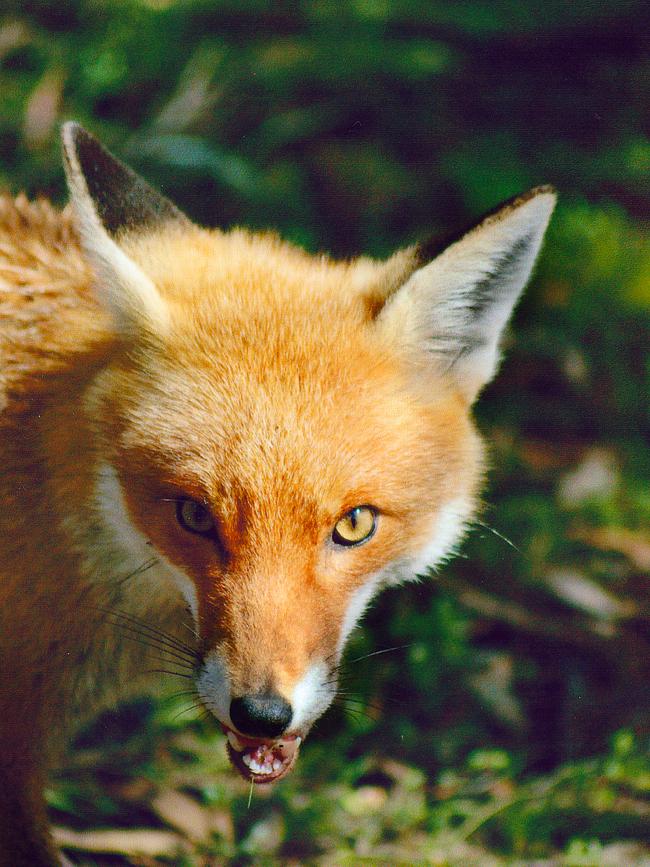
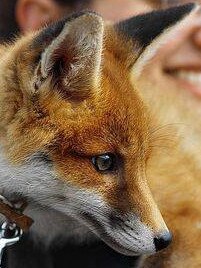
WHAT TO DO?
The first step is to make your property less attractive to foxes:
● Fox-proof enclosures may be constructed for domestic pets and poultry.
● Secure pets at night and when walking.
● Feeding stations can be used by foxes to ambush wildlife.
● Do not domesticate foxes by feeding them, clean up uneaten pet food as well as excess fruit fallen from trees.
● Always cover compost piles or use compost bins.
SOURCE: Brisbane City Council


